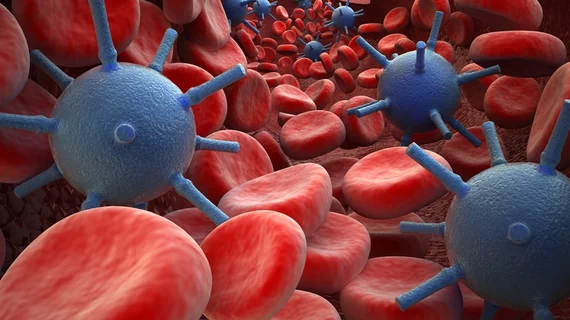Photoacoustic tomography probe aims to tackle common, costly diseases
Researchers at Purdue University in West Lafayette, Indiana, are creating a photoacoustic tomography probe that combines optical and ultrasound techniques to improve diagnosis of common and costly diseases.
The noninvasive method utilizes absorbed optical energy, converting it into an acoustic signal. Pulsed light is then sent into body tissue, increasing body temperature and subsequently creating an acoustic response detected through an ultrasound inducer. The received data are used to visualize the body tissue without the need of contrast agents and at improved depth penetration compared to traditional approaches, according to a Purdue release.
Craig Goergen, an assistant professor in Purdue’s Weldon School of Biomedical Engineering, and colleagues published their study Aug. 28, in Photoacoustics.
“The nice thing about photoacoustic tomography is the compositional information,” said Goergen. “It provides information about where blood and lipid are located, along with other essential information.”
Among the many diseases detectable by this technology are cardiovascular disease, diabetes and cancer—all described as the most common, costly and preventable by the CDC. Combined, the trio of diseases costs the U.S. more than $718 billion a year, according to the statement.
“That means there will be a great need for medical imaging. Trying to diagnose these diseases at an earlier time can lead to improved patient care,” Goergen said. “We are in the process now of trying to use this enhanced imaging approach to a variety of different applications to see what it can be used for.”

